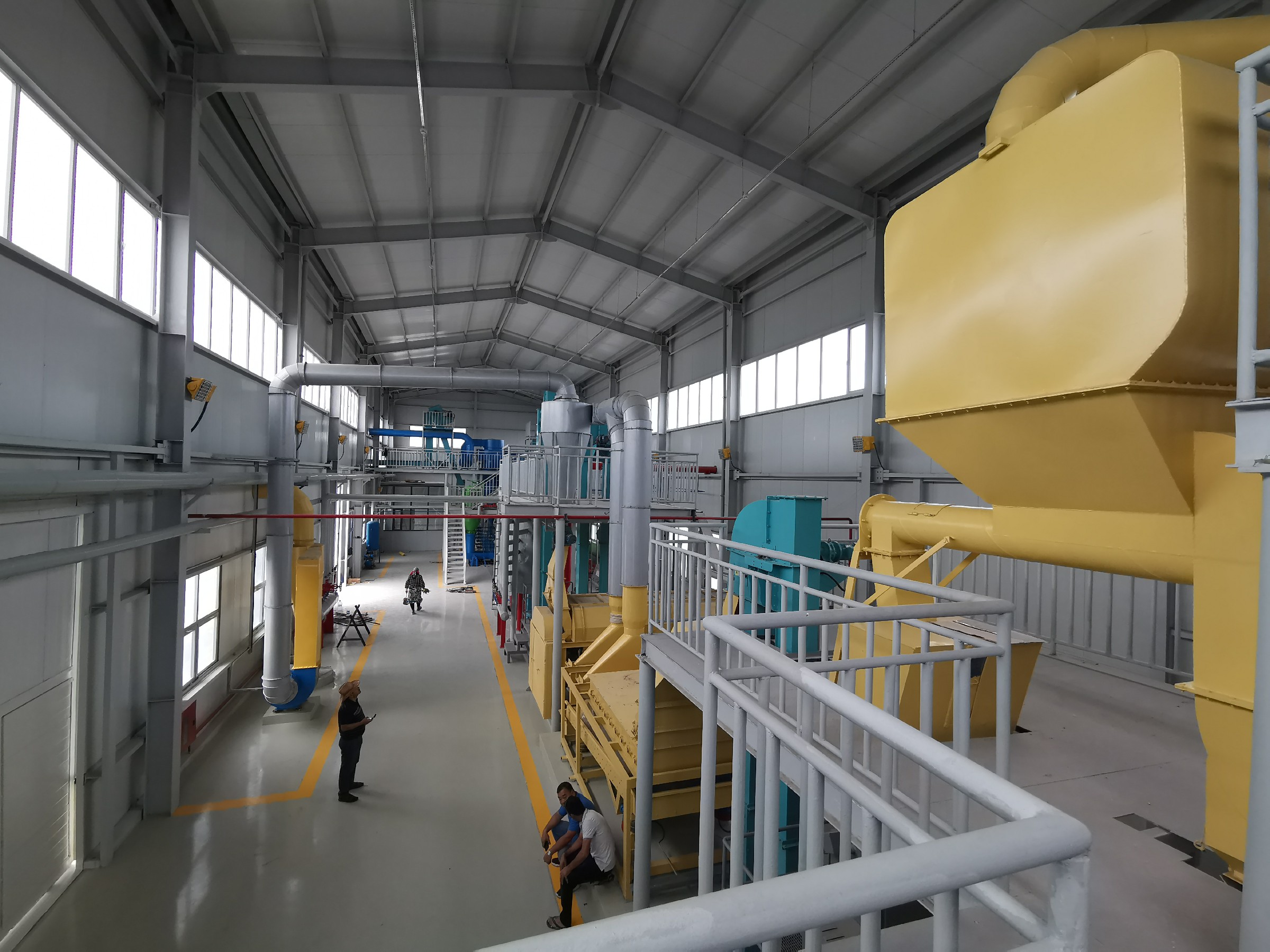
In the realm of sunflower oil production, the choice between household and commercial sunflower oil presses is crucial for users, whether they are home - based consumers or small - scale farmers. These two types of presses have significant differences in functionality, production capacity, application environment, and maintenance requirements.

Functionally, household sunflower oil presses are designed for simplicity and ease of use. They usually have a compact structure, which is suitable for small - quantity oil extraction at home. For example, a typical household press can produce around 1 - 5 liters of sunflower oil per day, meeting the daily cooking needs of a family. On the other hand, commercial sunflower oil presses are built for high - volume production. They can extract up to 50 - 200 liters of oil per day, catering to the demands of small farms or small - scale commercial operations.
The structural design of household presses is relatively straightforward. They often have fewer components and are easy to assemble and disassemble, which is convenient for cleaning. The operation is also simple, usually with just a few buttons to start and stop the machine. In contrast, commercial presses are more complex in structure. They may have advanced filtration systems, multiple pressing chambers, and sophisticated control panels. The operation requires more training and technical knowledge, as operators need to adjust parameters according to different raw materials and production requirements.
Maintenance needs also vary greatly between the two types of presses. Household presses generally require less maintenance. Basic cleaning after each use and occasional lubrication of moving parts are usually sufficient. However, commercial presses need more frequent and in - depth maintenance. They require regular inspection of key components such as the pressing screw, heating elements, and filters. The maintenance interval may be as short as once a week, and professional technicians may be needed for some complex maintenance tasks.
When it comes to operation modes, household presses usually work as a single unit. They are suitable for small - scale, intermittent production. Commercial presses, however, can be configured in a single - machine or a complete - set mode. A complete - set configuration may include pre - treatment equipment, pressing machines, and post - treatment devices, which can achieve continuous and large - scale production. This configuration is more suitable for small farms or small - scale commercial enterprises with higher production requirements.
| Features | Household Press | Commercial Press |
|---|---|---|
| Daily Production Capacity | 1 - 5 liters | 50 - 200 liters |
| Structural Complexity | Low | High |
| Maintenance Frequency | Low | High |
Let's look at some real - world examples. Mr. Smith, a homeowner, bought a household sunflower oil press. He uses it to extract fresh sunflower oil for his family's daily cooking. The press is easy to operate and clean, and it has significantly improved the quality of the oil his family consumes. On the other hand, a small farm in the countryside purchased a commercial sunflower oil press. With its high - volume production capacity, the farm has been able to supply sunflower oil to local markets, increasing its income.

When purchasing a sunflower oil press, users should consider their production needs, investment budget, and available technical support. For home users, a household press with a reasonable price and simple operation is a good choice. For small - scale commercial users, a commercial press with high - performance and reliable after - sales service is more suitable. In terms of maintenance, following the manufacturer's instructions and regular inspections can ensure the long - term stable operation of the press.
In conclusion, whether you are a family looking for a healthy oil source or a small - scale producer aiming for economic benefits, choosing the right sunflower oil press is essential. If you want to learn more about our high - quality sunflower oil presses and get personalized advice, click here to explore further!

